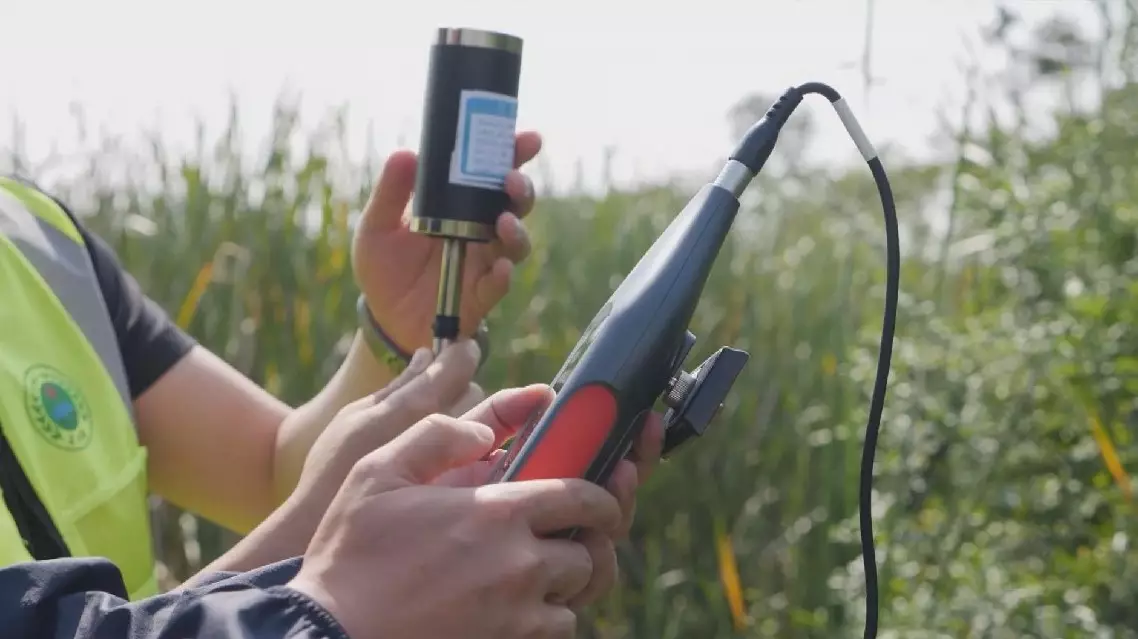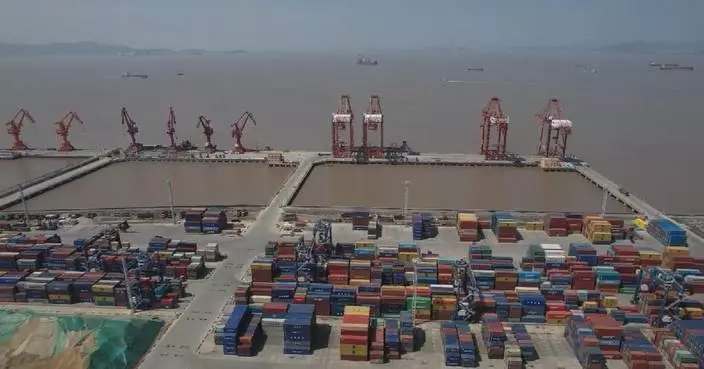Zhongshan City of south China's Guangdong Province has experienced a surge in property market activities ahead of the opening of a cross-sea passage between the cities of Shenzhen and Zhongshan.
The 24-km-long cross-sea link is scheduled to open to traffic on Sunday afternoon. Upon operation, the travel time between south China's major cities of Shenzhen and Zhongshan will be reduced from the current two hours to approximately 30 minutes.
So far in May, 2,050 homes have been sold in Zhongshan, up 23.6 percent from the previous month, breaking the record of 2,000 sets for the first time this year, according to data from Hefu Research Institute.
From June 17 to 23, the online trading for homes in Zhongshan registered a 39-percent growth compared with last month, the data showed.
The number of inquiries for home purchase has also surged, according to real estate agencies in the city.
"Since June 15, we have received more than 300 batches of potential customers, and sold 70 homes," said Huang Yanqing, a real estate agent.
The Shenzhen-Zhongshan Link is a core transportation hub project in the Guangdong-Hong Kong-Macao Greater Bay Area. It consists of one underwater tunnel, two bridges and two artificial islands, making it one of the most challenging cross-sea cluster projects in the world.
Zhongshan is embracing a new opportunity arising from the opening of the passage. The city will work with Shenzhen to jointly develop the urban resources in culture, tourism and historic relics and welcome people from afar with also gourmet food.

Guangdong's Zhongshan sees robust growth in housing market activities
The China National Environmental Monitoring Center (CNEMC) has launched the establishment of a database of natural sounds within urban areas this year, aiming to help manage urban noise pollution by more accurately identifying and differentiating natural sounds from artificial noises.
China plans to build a unified national network for automatically monitoring acoustic environmental quality starting on January 1, 2025. The system will focus on monitoring urban man-made noises, but at the same time, it will also unavoidably include natural sounds from birds and insects, as well as the rustling of wind and rain. These natural sounds could affect the accuracy of noise assessments, so it is necessary to collect them in a database so as to better identify and classify different types of noise. By the Dianchi Lake in Kunming, southwest China's Yunnan Province, local environmental monitoring professionals used specific equipment to capture various sounds within a wetland park. They collected sounds from birds, insects, and frogs, along with natural noises like rain, thunder, and wind. These sounds could potentially influence the monitoring results of urban acoustic environmental quality.
They recorded sounds for at least two hours at each monitoring location. They then used specialized software to analyze these recordings, selecting the clearer and less disrupted natural sounds to upload them into the database.
"The natural sounds in this recording are relatively clear and distinct, and the background noise is relatively low, so it is valid. But look at the waveform of this recording, the bird or insect sounds are unclear, and the environmental noise is relatively loud. Based on these two criteria, this recording is invalid," said He Fanyu, an engineer at the Yunnan Ecological and Environment Monitoring Center.
Since the first quarter of this year, the CNEMC has organized local environmental monitoring stations to record natural sounds in urban areas of over 80 cities. As of now, more than 420,000 raw recordings have been made, with 80,000 of them being valid. By the end of the year, it is expected that 600,000 valid recordings will have been collected nationwide for the development of China's largest noise database.
"After the database is built, our next step is to train and test an intelligent sound recognition model. It will help us not only to check if noise levels exceed allowed limits but also to identify where the excess noise is coming from. For example, construction noise is temporary and highly variable, so it requires specific management, especially during nighttime," said Wang Yun, a senior engineer at the Physics Department of the CNEMC.

China developing natural sound database to better tackle urban noise pollution










